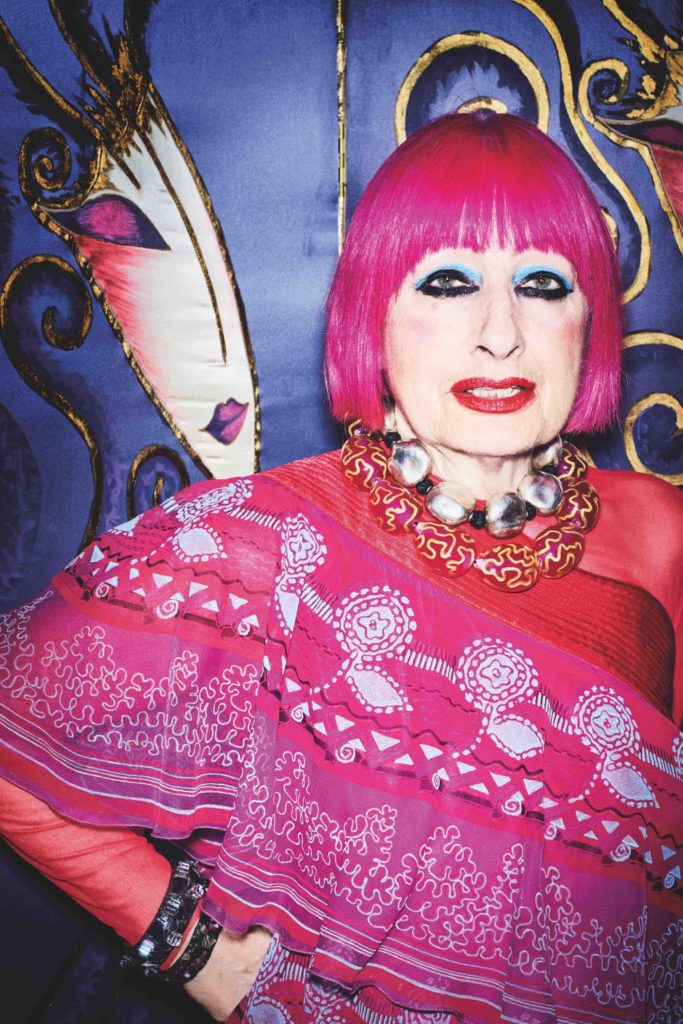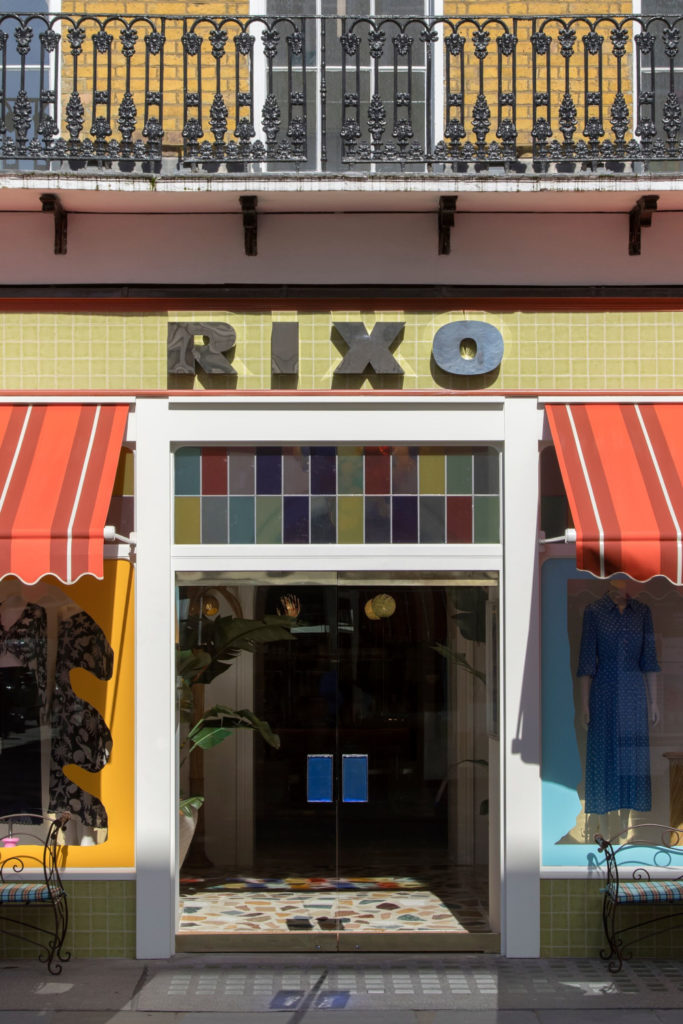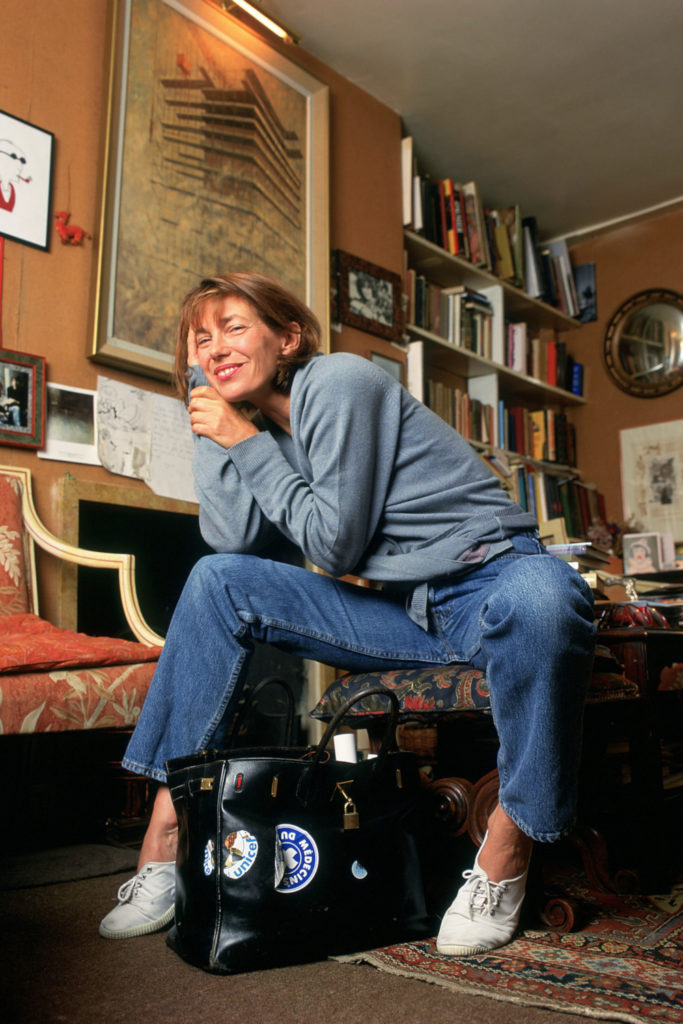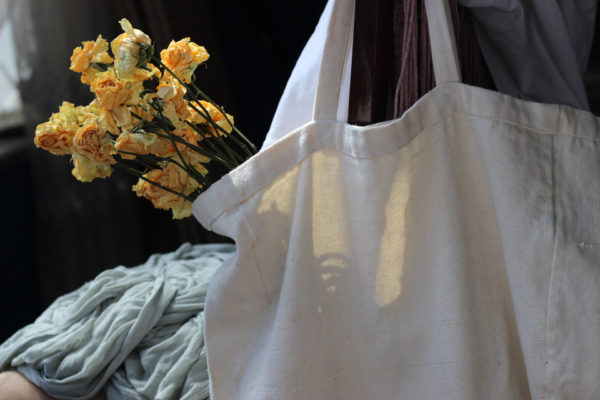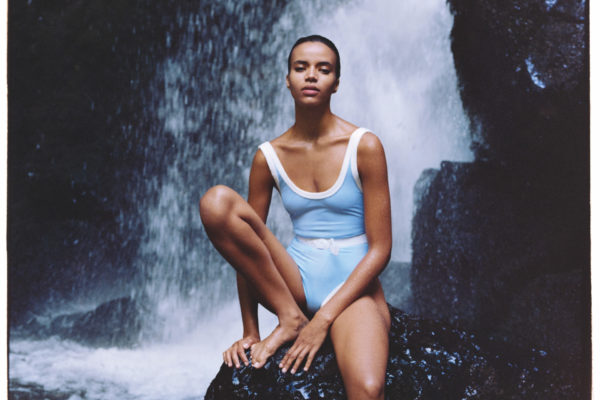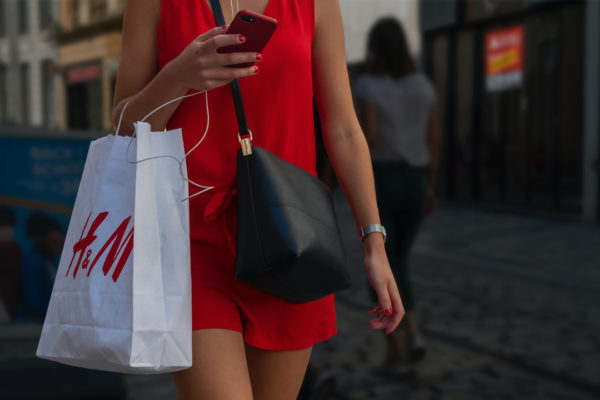What Happens When Fashion Designers Work Exclusively With Waste?
By
1 year ago
Waste not, want not in 2024

With the fashion industry carbon footprint at an all time high, Tiffanie Darke asks what we would do if waste was not an option – and shines a light on the brands tackling waste head-on by creating collections out of upcycled materials.
The Stylist: How Fashion Designers Are Tackling Waste
Sometimes having less can feel like more. Let’s look at fashion. Scarcity breeds creativity: if I banned you from shopping for the next six months you would be forced to reimagine your wardrobe. You would mend broken garments, perhaps have a few altered into something different, swap with your friends and start styling what you already have in new ways. (I know – I did this last year when I took a vow to buy only five new things).
But what if you were a designer and you decided you weren’t going to work with anything new? Just ask Matty Bovan, the King of Upcycling. Matty is not only a leading light of London Fashion Week (some hail him the true heir to Vivienne Westwood for his compelling designs of creative chaos), he is also a hero of the sustainability scene. He works mostly with deadstock and upcycled fabrics and produces exclusively in York, where everything is hand-dyed, hand-sewed and handmade.
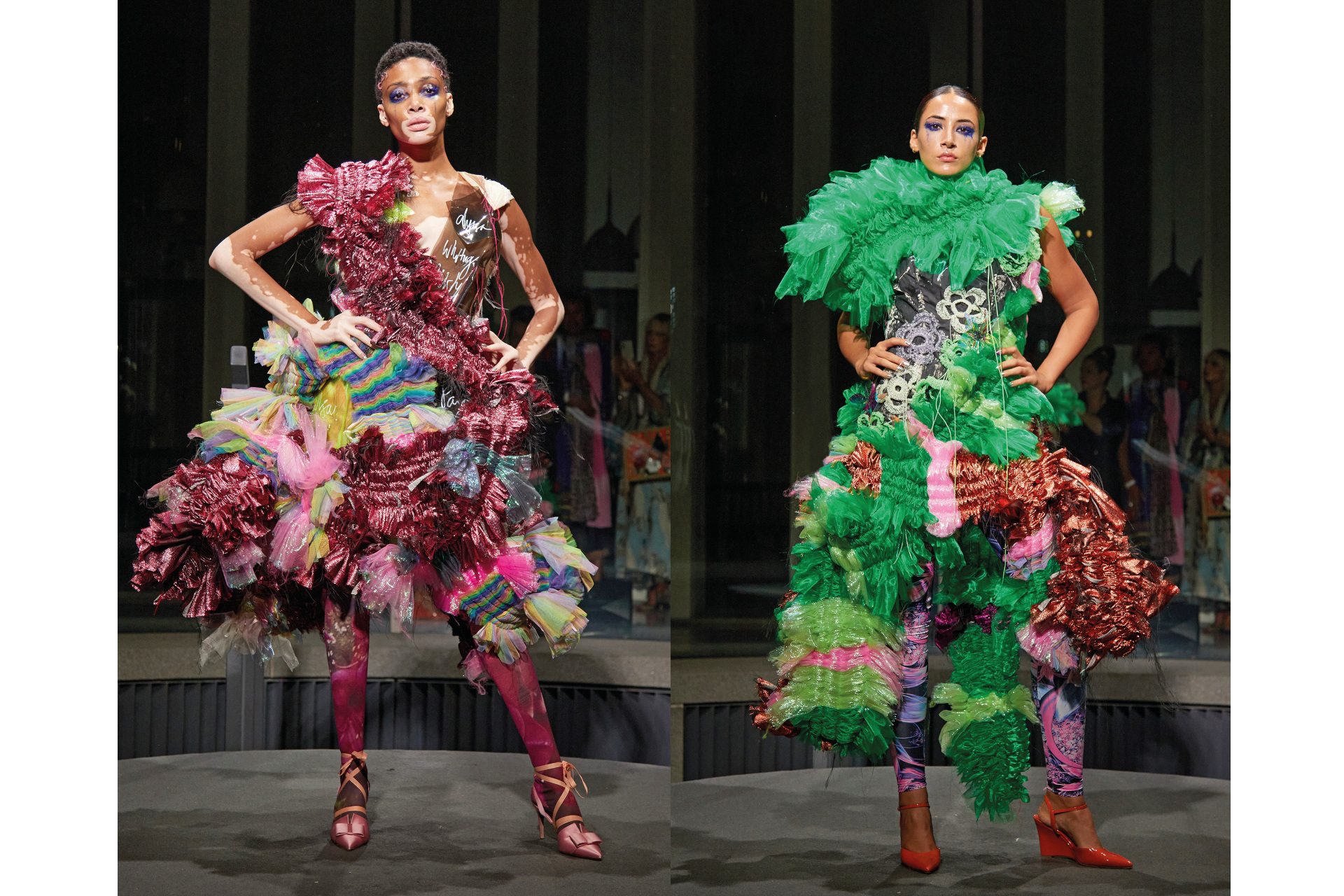
Matty Bovan SS24
Why this matters is because of the 100 billion garments produced annually, up to 30 percent may never be sold – one shirt factory in China reveals its 0.01 perfect defect rate leads to 50,000 defective shirts annually. What to do with all these wonky shirts? The R Collective, an offshoot of circular fashion charity Redress has ideas: it gives them to upcoming design talent who excel at designing with less. Juliana Garcia Bello recently created a limited line of dresses, pinafores and oversized shirting from just £44. The thrill of the design is not just in its inherent beauty (and the pieces are real one offs) but the story behind it.
British accessories brand Been London also makes a virtue of designing with deadstock, estimating 15 percent of the world’s textile production goes to waste. Using nappa leather donated by an Italian factory that makes for luxury brands, Been has just released a 20 piece capsule including the new Lowell and Noel bags. Its bags are handcrafted in East London with a Scandinavian design aesthetic that allows you to take them anywhere, anytime. Since launching in 2018, Been has diverted nearly 3,000kg of waste from landfill, by perfecting the art of designing around waste material.
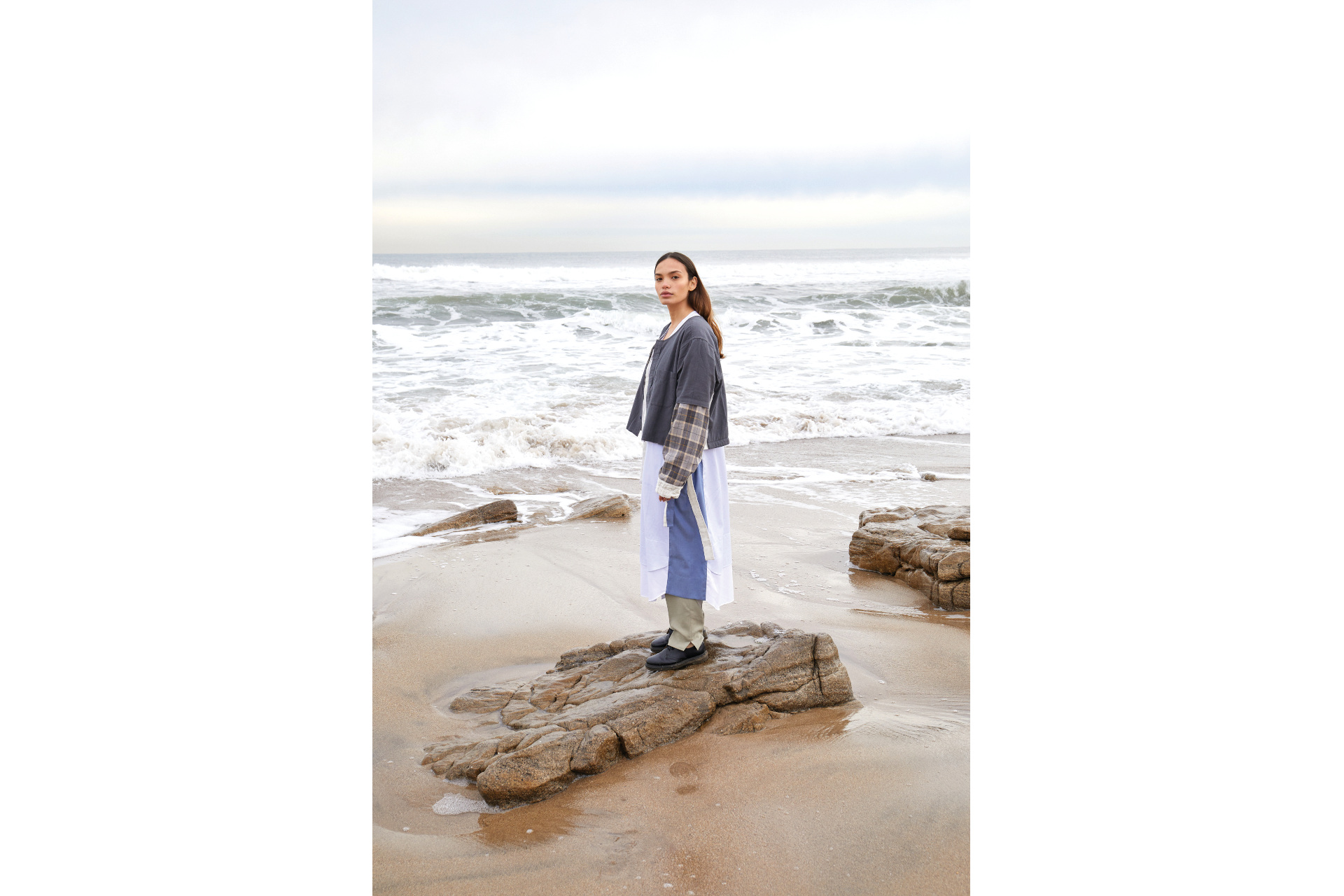
The R Collective creates reimagined
garments from ‘defective’ shirts
As Christina Dean of Redress says, ‘Factories are awash with redundant materials – there is a wall of waste edging its way out of warehouses and we need to find a solution for it.’ While Matty Bovan, The R Collective and Been London are not making much impact in terms of volume, they do in terms of proving what can be done with waste – with a little imagination.
Featured image: Been London

